The 'Video Scheduler Internal Error' is a Blue Screen of Death (BSOD) error that has been affecting Windows users since Windows 10 and continues to persist in Windows 11. This error is typically linked to issues with graphics card drivers or corrupt system files. Fortunately, there are several methods to resolve this error effectively.
Update Your Graphics Card
Outdated or corrupt graphics drivers are often the primary cause of the 'Video Scheduler Internal Error'. Updating your graphics card drivers can resolve the issue. You can update the drivers using the Settings app, Device Manager, or by manually reinstalling them.
Updating via the Settings App:
Step 1: Open the Start Menu and click on the Settings icon to launch the Settings app.
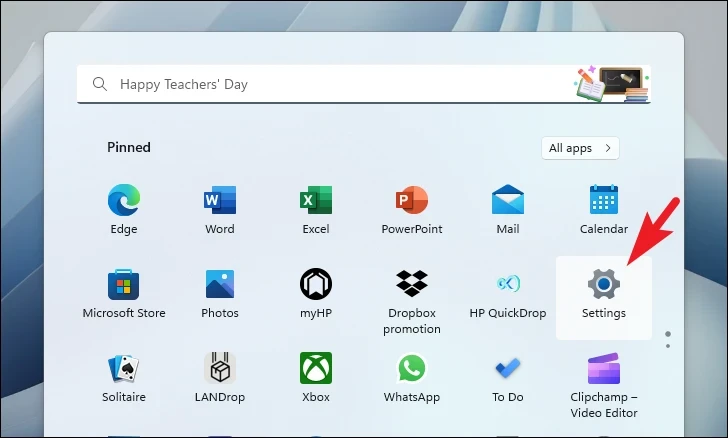
Step 2: In the Settings window, select the 'Windows Update' tab from the left sidebar.
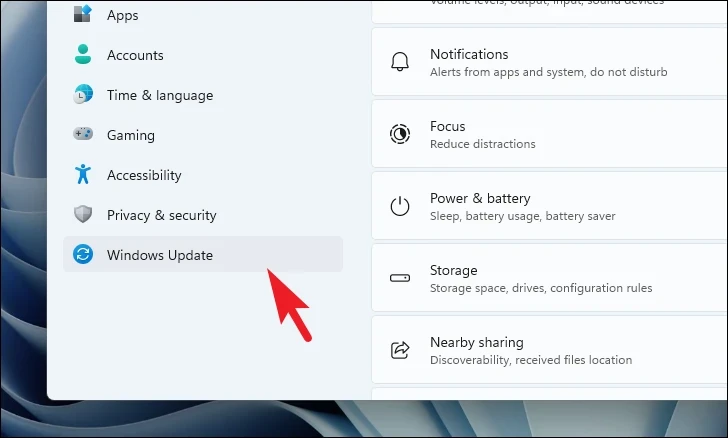
Step 3: Click on 'Advanced Options' on the right pane.
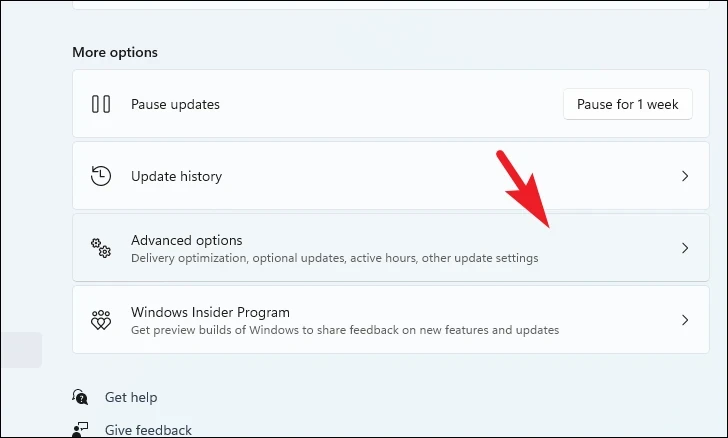
Step 4: Scroll down and select 'Optional Updates'.
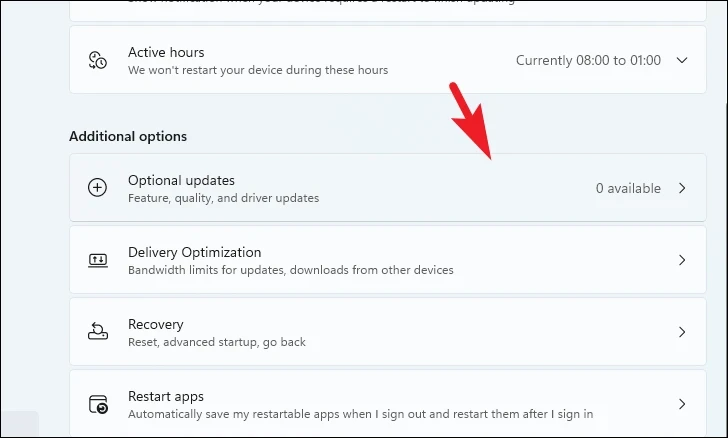
Step 5: Under 'Driver updates', check for any available updates for your graphics card. Select the updates by clicking the checkboxes next to them, then click 'Download & install'.
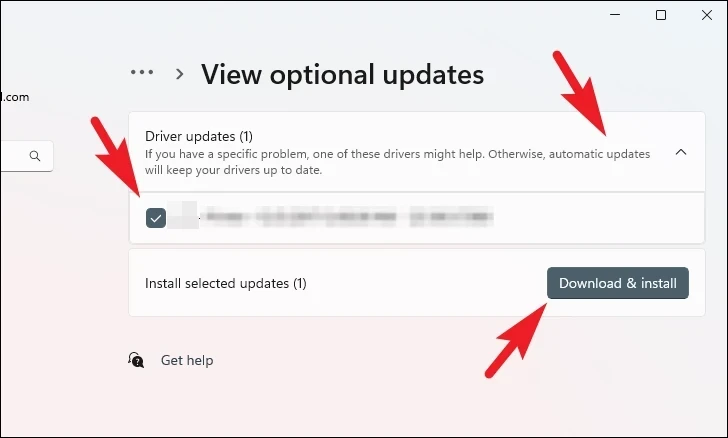
Once the updates are installed, restart your PC to apply the changes.
Updating via Device Manager:
Step 1: Open the Start Menu, type Device Manager, and select it from the search results.
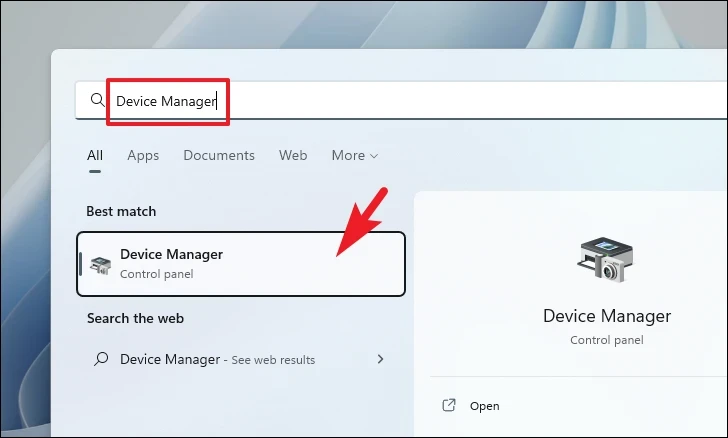
Step 2: In the Device Manager window, expand the 'Display adapters' section by double-clicking on it.
Step 3: Right-click on your graphics card and choose 'Update driver'.
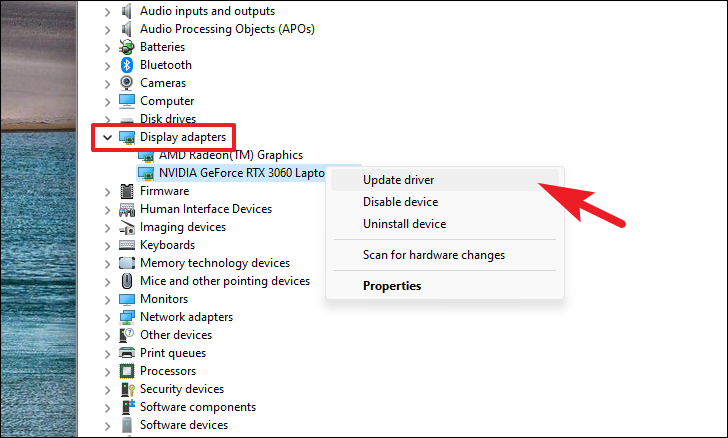
Step 4: In the pop-up window, select 'Search automatically for drivers' to allow Windows to find and install the latest driver. If you have already downloaded the driver, choose 'Browse my computer for drivers' and locate the driver file.
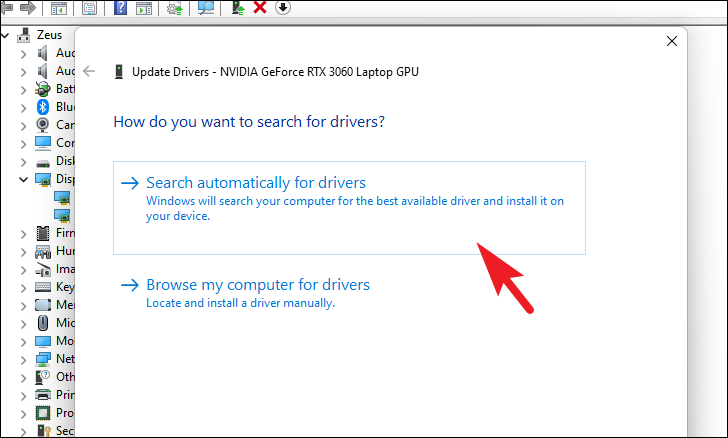
Manually Reinstalling the Graphics Driver:
Step 1: In Device Manager, under 'Display adapters', right-click on your graphics card and select 'Uninstall device'.
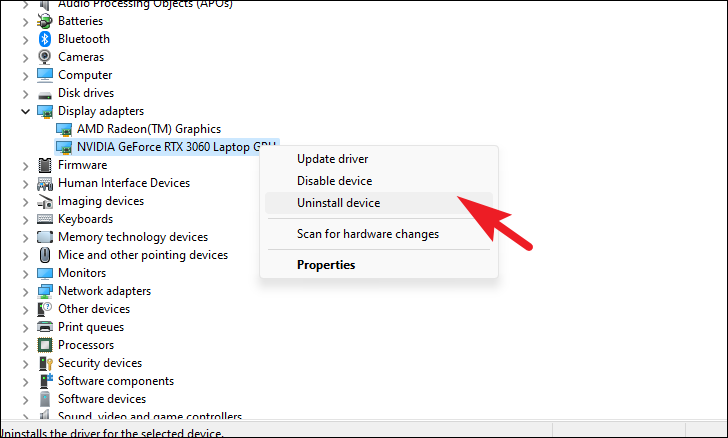
Step 2: In the confirmation dialog, check 'Attempt to remove the driver for this device' and click 'Uninstall'.

Step 3: Restart your computer. Windows will attempt to reinstall the graphics driver automatically. Alternatively, you can download the latest driver from the manufacturer's website and install it manually.
After updating or reinstalling your graphics drivers, check if the error persists.
Run SFC and DISM
Corrupted system files can also cause the 'Video Scheduler Internal Error'. Running System File Checker (SFC) and Deployment Image Servicing and Management (DISM) scans can repair these files.
Step 1: Open the Start Menu and type Terminal. Right-click on 'Terminal' and select 'Run as administrator'.

Step 2: If prompted, click 'Yes' to allow administrator permissions.
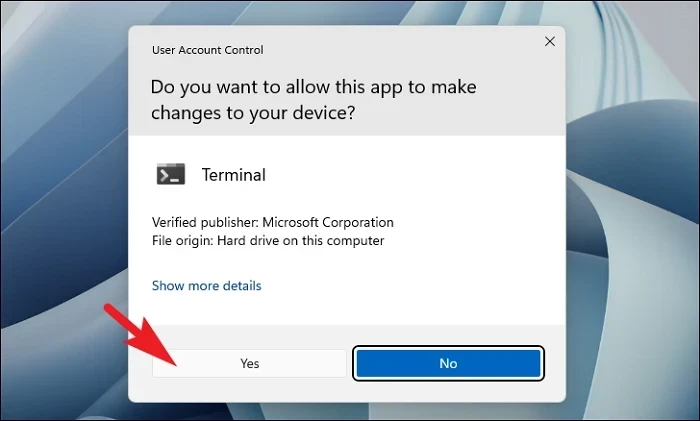
Step 3: In the Terminal window, click the down arrow icon and select 'Command Prompt'.

Step 4: Type or paste the following command and press Enter to run a DISM scan:
DISM /Online /Cleanup-Image /RestoreHealth
Step 5: After the DISM scan completes, run the SFC scan by typing the following command and pressing Enter:
sfc /scannow
Step 6: Once the scan is complete, restart your PC and check if the error has been resolved.
Run a Full System Scan
Malware or viruses can also lead to system errors. Running a full system scan can help detect and remove any malicious software.
Step 1: Open the Start Menu and type Security. Click on 'Windows Security' from the search results.
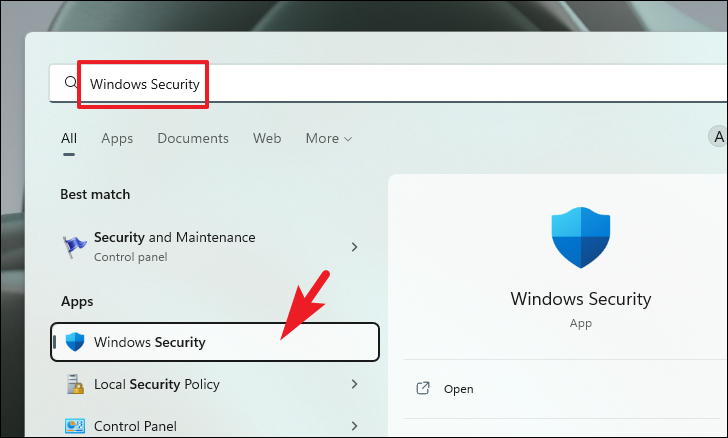
Step 2: In Windows Security, click on 'Virus & threat protection'. Then, click 'Scan options' under the 'Current threats' section.
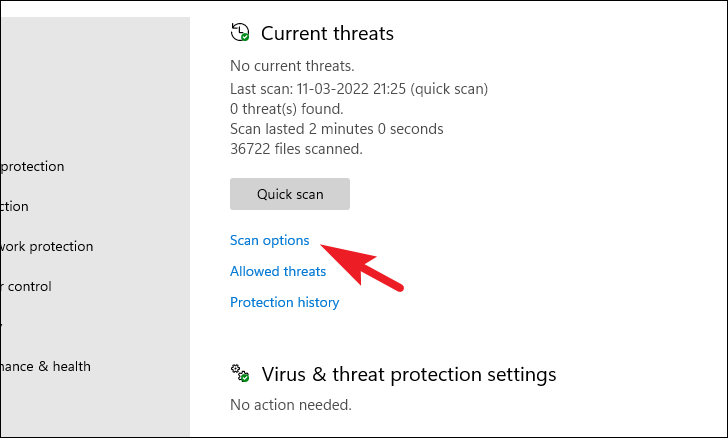
Step 3: Select 'Full scan' by clicking the radio button next to it, then click 'Scan now'.
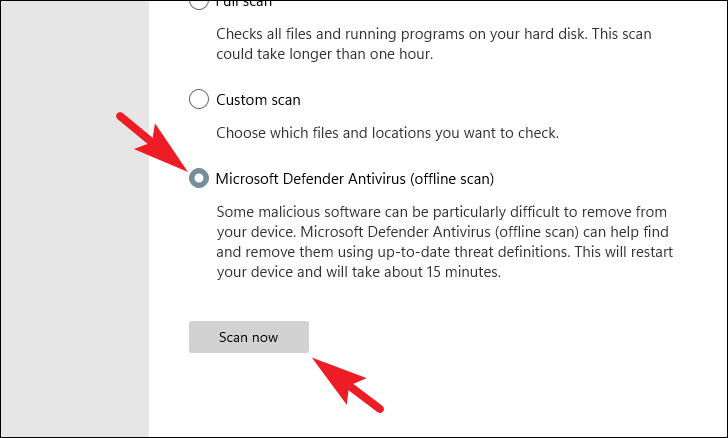
The scan may take some time to complete. If any threats are found, follow the on-screen instructions to remove them. After the scan, restart your PC.
Update Windows
Keeping your Windows operating system up to date can fix known bugs and improve system stability, potentially resolving the error.
Step 1: Open the Start Menu and click on the Settings icon.
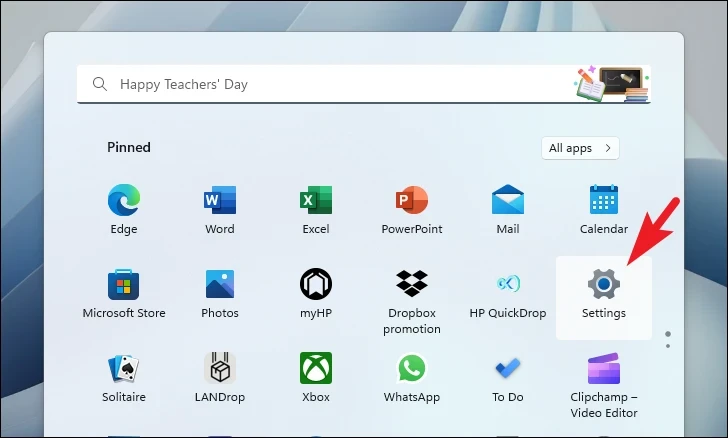
Step 2: In Settings, select the 'Windows Update' tab from the left sidebar.
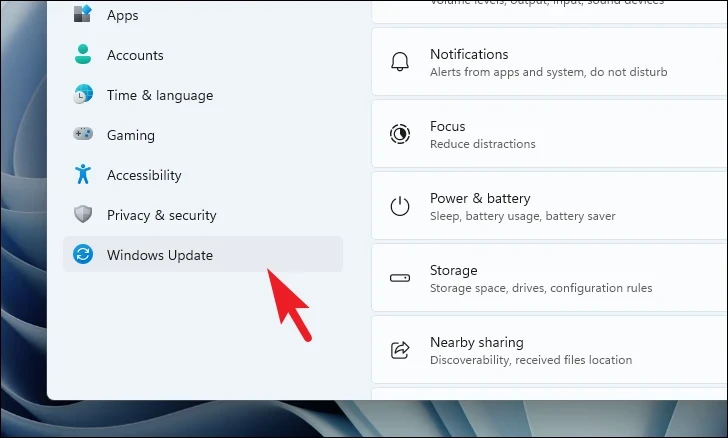
Step 3: Click 'Check for updates' on the right pane. If updates are available, click 'Download & install'.
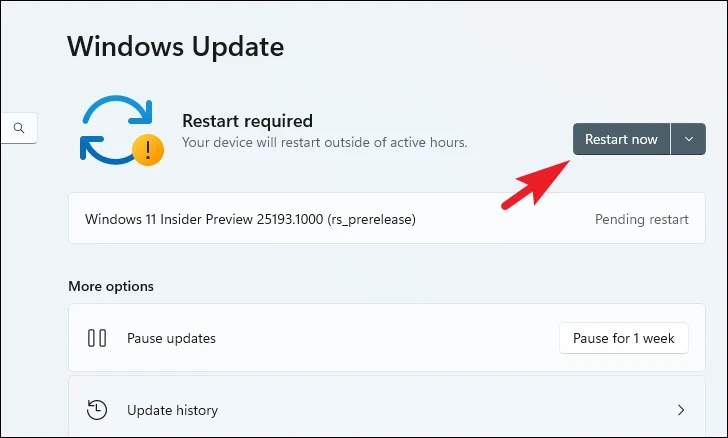
Step 4: After the updates are installed, restart your PC.
Uninstall Recent Windows Update
If the error started appearing after a recent Windows update, uninstalling the update may resolve the issue.
Step 1: Open the Start Menu and click on the Settings icon.
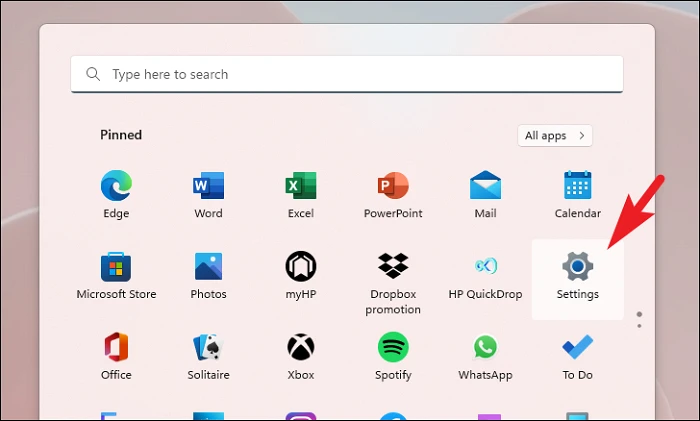
Step 2: In Settings, select the 'Windows Update' tab from the left sidebar.

Step 3: Click on 'Update history'.

Step 4: Scroll down and click 'Uninstall updates'.

Step 5: In the list of installed updates, locate the most recent update. Click on it and select 'Uninstall'. Confirm the action when prompted.

Step 6: Restart your PC and see if the error is resolved.
Roll Back to a Recent System Restore Point
If you have a system restore point from before the error started occurring, you can revert your system to that state.
Step 1: Open the Start Menu, type Control Panel, and select it from the search results.

Step 2: In Control Panel, click on 'Recovery'.
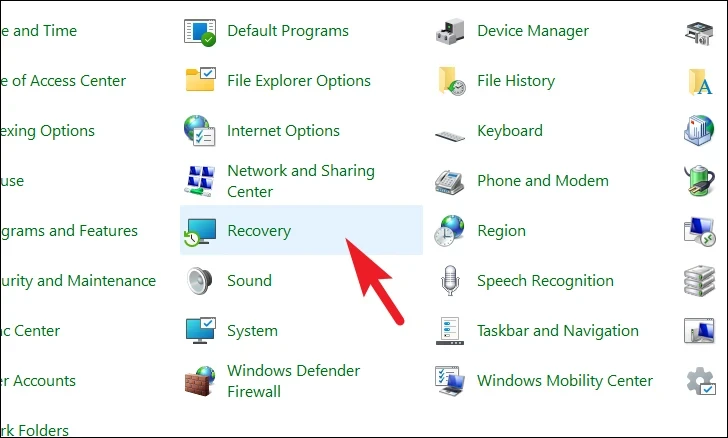
Step 3: Click on 'Open System Restore'.

Step 4: In the System Restore window, click 'Next'.

Step 5: Select a restore point from the list and click 'Next'. You can click 'Scan for affected programs' to see which programs will be affected.
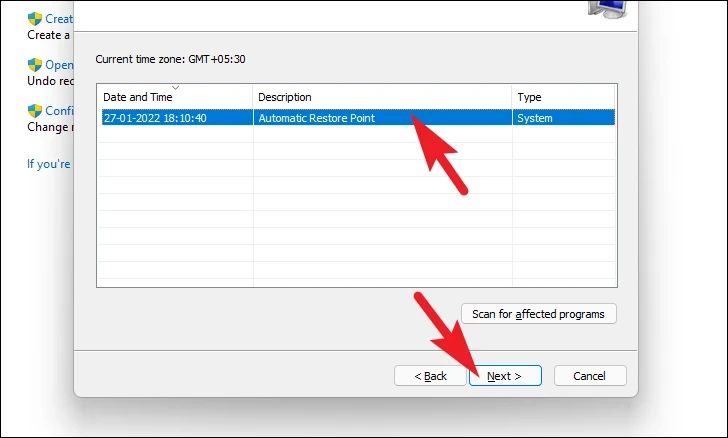
Step 6: Confirm your restore point and click 'Finish' to start the restoration process.
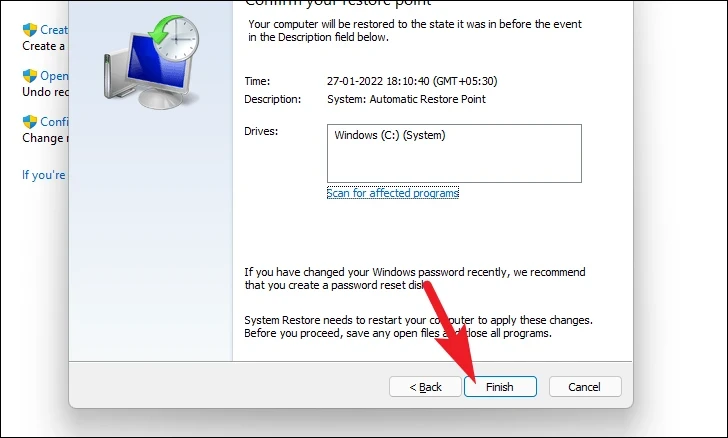
Your computer will restart and restore the system to the selected point. Check if the error persists after the restoration.
Reset Your PC
If none of the above methods work, resetting your PC might resolve the issue. You can choose to keep your personal files while resetting the system settings and removing installed applications.
Step 1: Open the Start Menu and click on the Settings icon.
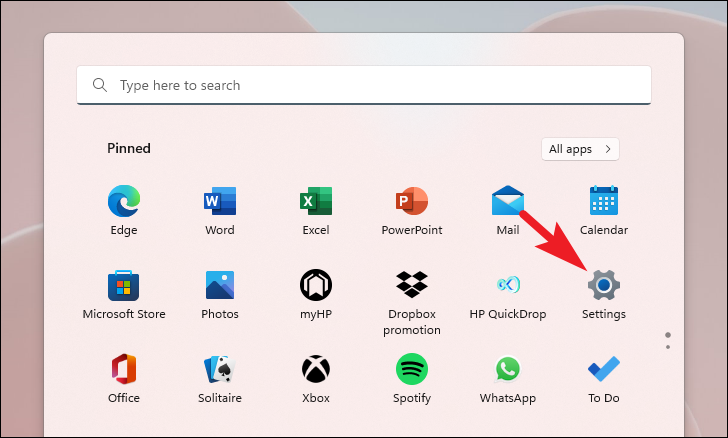
Step 2: In Settings, ensure you are on the 'System' tab, and then select 'Recovery' from the right pane.
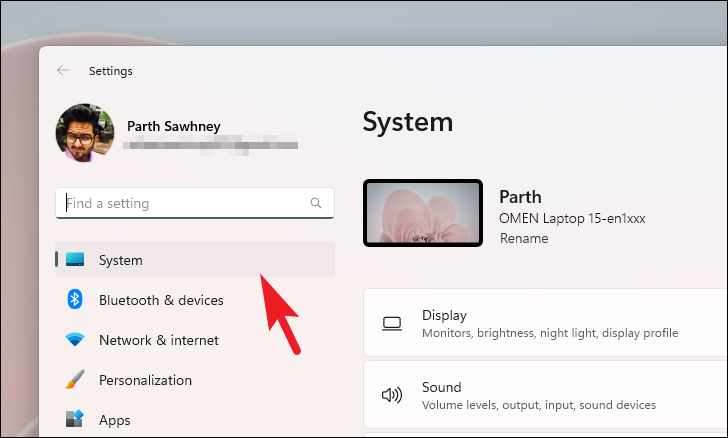
Step 3: Under 'Recovery options', click the 'Reset PC' button next to 'Reset this PC'.
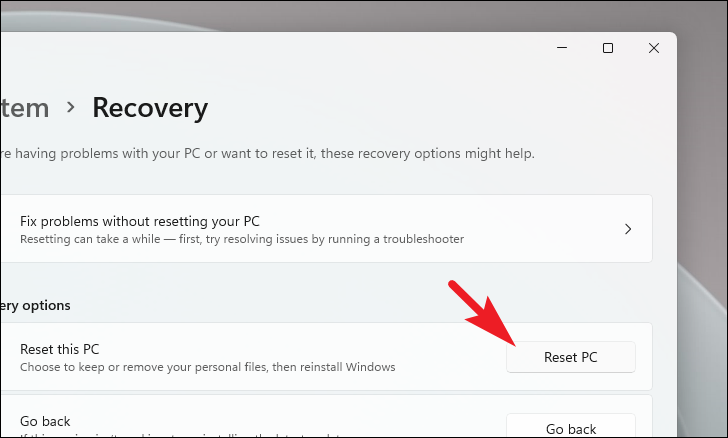
Step 4: Choose 'Keep my files' to retain your personal data, or 'Remove everything' to reset completely.
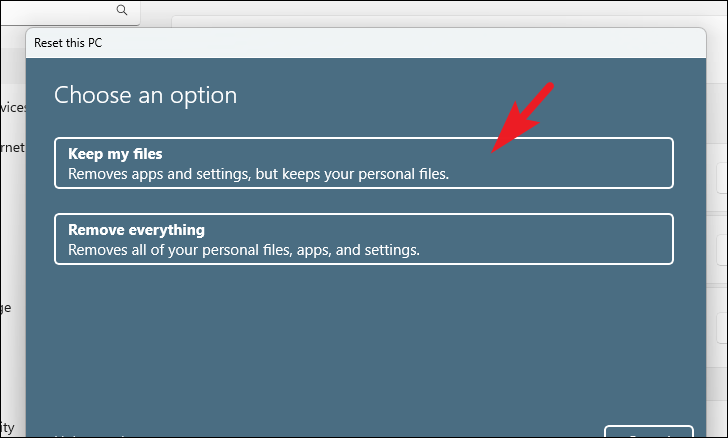
Step 5: Select 'Cloud download' to download a fresh copy of Windows, or 'Local reinstall' to reinstall from your device. 'Cloud download' is recommended but requires an internet connection and uses more than 4GB of data.
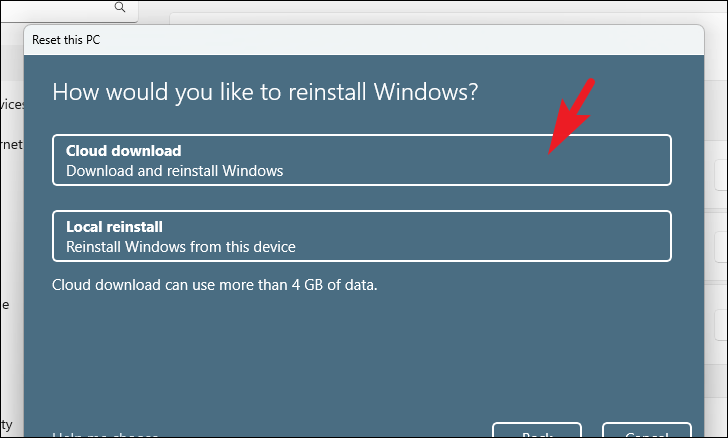
Step 6: Review the settings and click 'Next'. If prompted about being unable to roll back to a previous version, click 'Next' to proceed.
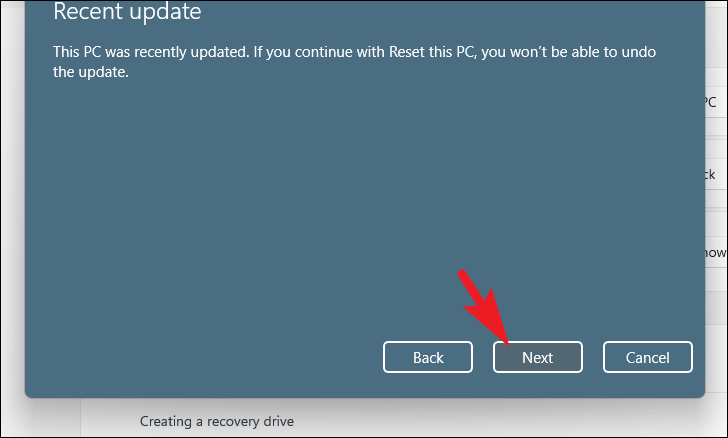
Step 7: Click 'Reset' to begin the reset process.

The reset process may take some time. Once completed, your PC will restart with a fresh installation of Windows.
If the 'Video Scheduler Internal Error' continues after trying these methods, there might be a hardware issue with your graphics card. In such cases, consider consulting a professional technician or contacting the manufacturer for assistance.








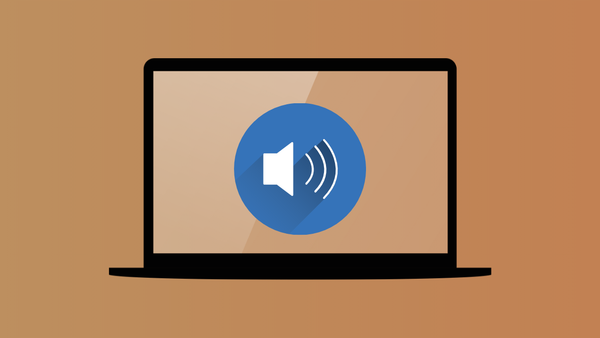

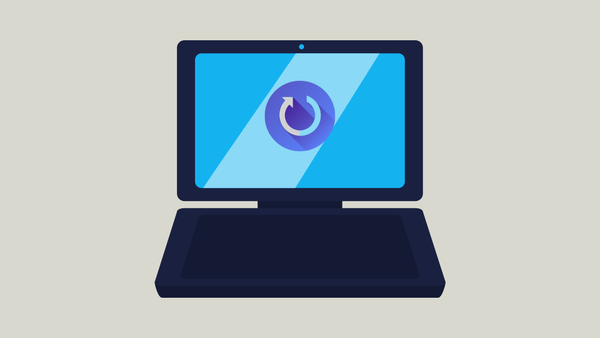
Member discussion